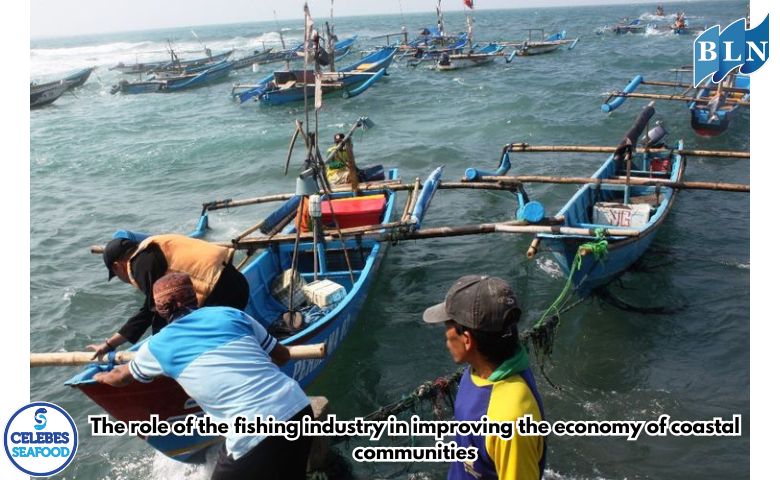History and Traditions of Snapper Fishing in Coastal Communities
By. Amma - 07 Aug 2025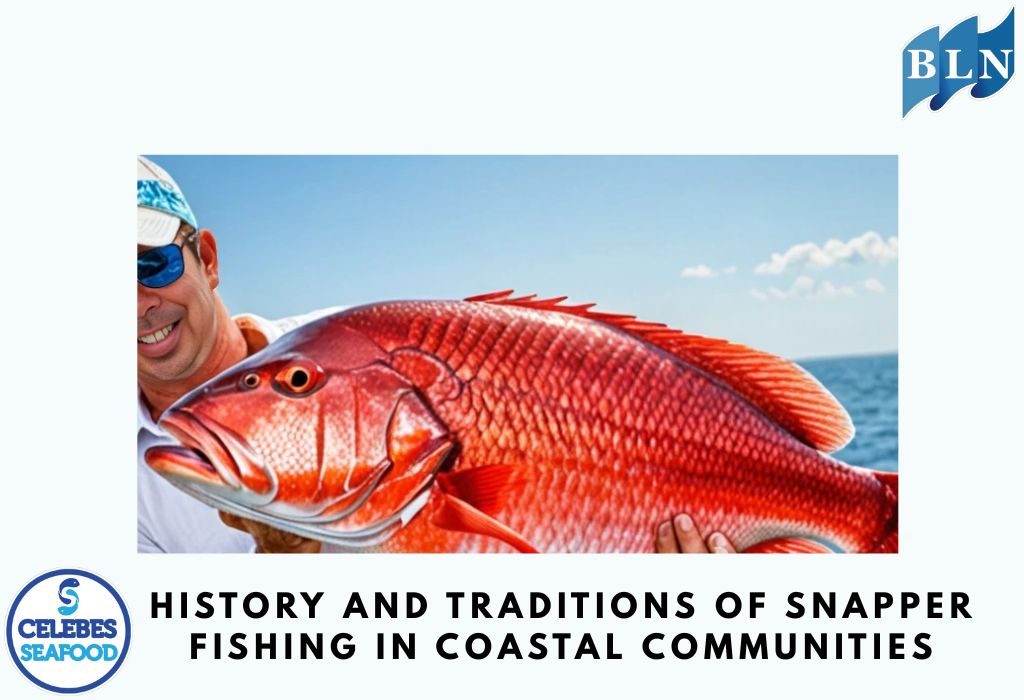
lautnusantara.com Snapper is not just a fishery commodity, but also an integral part of the history and traditions of many coastal communities around the world, including in Indonesia. Snapper fishing has shaped the culture, economy, and even the social identity of fishing communities for centuries.
1. History of Snapper Fishing
Since ancient times, fishermen have identified snapper as a high-value target. Its large size, delicious meat, and ability to survive in various water conditions make it a prime target.
- Traditional Technology: Initially, snapper was caught using simple tools, such as spears and handlines. Fishermen used knowledge passed down through generations to locate strategic spots, such as coral reefs and other underwater structures, where snapper often congregated.
- Development of Fishing Gear: Over time, fishing technology has evolved. Trolling lines, longlines, and traps have become more effective tools for catching larger numbers of snapper. Each gear has its own advantages and targets different snapper species. Trolling lines, for example, are often used for snapper that hunt on the surface, while longlines are more effective for snapper that live on the seabed.
- Natural Knowledge: The history of snapper fishing is also closely linked to the natural knowledge of fishermen. They studied fish migration patterns, the influence of tides, mating seasons, and weather conditions to determine the best times and locations to fish. This knowledge was often more accurate than modern technology of the time.
2. Snapper Fishing Traditions
In many coastal communities, snapper fishing is more than just a job, but a revered tradition. This tradition encompasses various aspects of life, from pre-sea rites to how to process the catch.
- Rituals and Ceremonies: Before going out to sea to catch snapper, some fishing communities perform rituals or traditional ceremonies. The purpose is to ask for safety, success, and a bountiful catch from the sea spirits or natural forces they believe in. In some areas, there is a tradition of making offerings or sacrifices on board or on the shore.
- Local Knowledge Systems: Knowledge about fishing spots, effective bait types, and fishing techniques is passed down from generation to generation. The system of naming fishing spots or reading natural signs is part of a priceless cultural heritage. A father will teach his son how to care for a fishing rod, make bait from natural materials, and read the direction of the wind and ocean currents.
- Gotong Royong: The tradition of mutual cooperation is deeply rooted in snapper fishing. Fishermen often go out to sea together, helping each other pull in nets or longlines, and sharing the catch. This tradition strengthens social solidarity and a sense of kinship within the community.
- Culinary Culture: Snapper is often a special dish at traditional ceremonies or celebrations. Its preparation methods vary and reflect the richness of local cuisine. In Indonesia, for example, snapper is often prepared in yellow snapper soup, grilled snapper with rica spices, or fried snapper with sambal matah, recipes passed down from generation to generation.
- Arts and Folklore: Stories about giant snapper, mystical experiences at sea, or the heroic struggles of fishermen catching snapper often become part of local folklore and arts, such as songs and dances.
Thus, the history and traditions of snapper fishing demonstrate the deep connection between humans and the sea. The knowledge, skills, and values passed down through these traditions have formed a rich cultural heritage and serve as the foundation for the lives of coastal communities to this day.
If you are interested in our Red Emperor Fillet Skin On Red Snapper Fillet Skin On please do not hesitate to contact us through email and/or whatsapp.
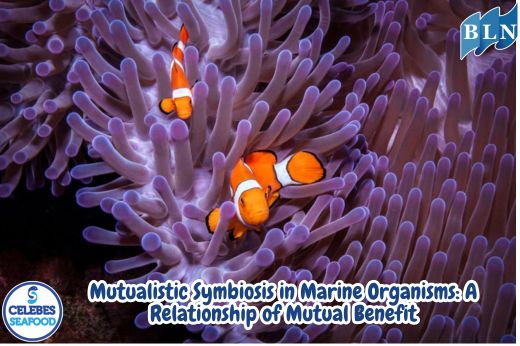
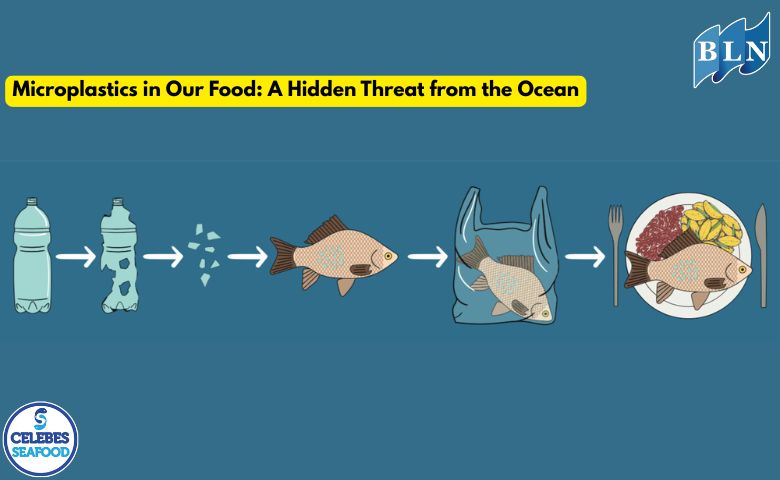
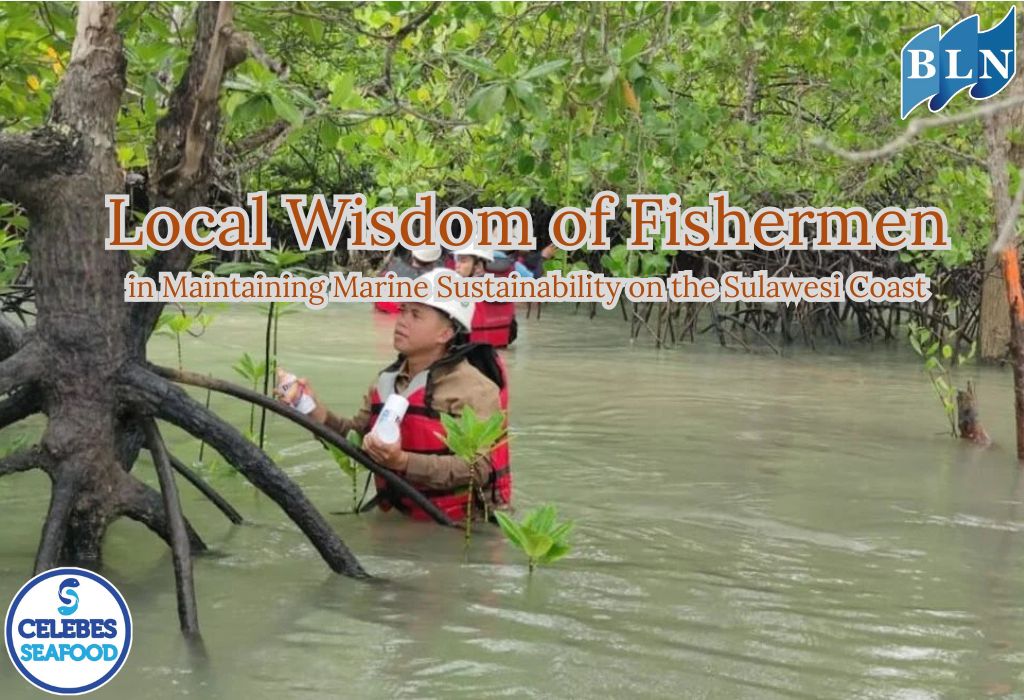
.jpg)

